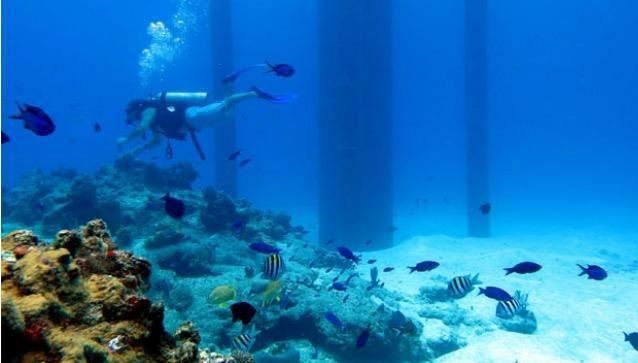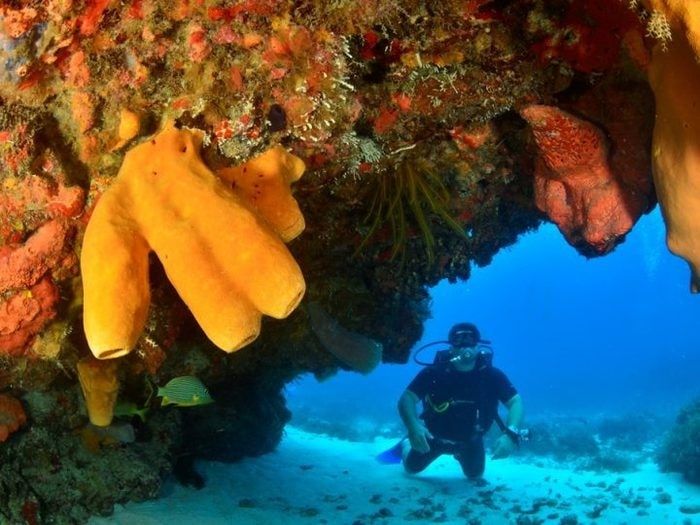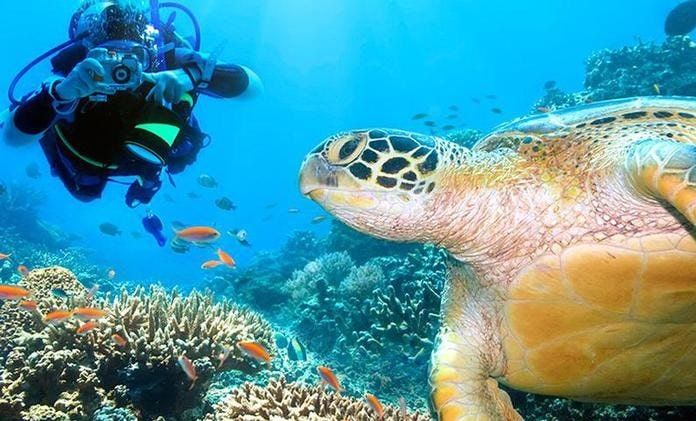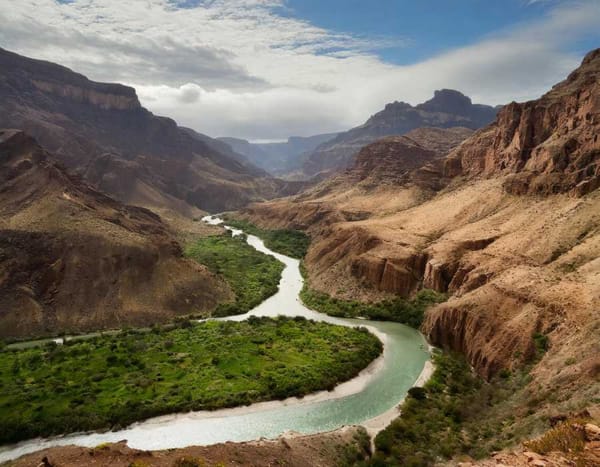Five best reefs in Cozumel
Cozumel boasts one of the most beautiful reefs in the world, but now it is also proud to be a destination where hoteliers and tourists protect the environment and especially the corals.

Cozumel is known worldwide for its diving and snorkeling activities, although it also seeks to position itself in other aspects such as gastronomy, ecotourism, culture, and tourism infrastructure. The guests pay a right to environmental sanitation, so the committee ensures that the resources go towards security, cleaning up the beaches, and everything related to ecotourism. Another problem is coral bleaching, attributed to climate change, but here there has been communication. Coral bleaching is a reality, but it is not exclusive to Cozumel. It occurs all over the world, in Australia, in Miami.
Paraíso

Its name says it all, it is a popular diving spot, which many instructors take as a training area. The visibility is excellent, the schools are unequaled, there is a large number of sponges on the coral heads and a wide variety of fans and anemones.
Chankanaab
This reef has gentle currents and is very sandy with small coral heads. There is a lagoon like a natural aquarium, which the Mayans called "little sea". For the tranquility of its waters, you can practice free diving, without a tank, or sports safely. It has a long continuous bar of the colorful reef with cracks and crevices that house colonies of very striking fish.
The part of the Bolones is named after the numerous spherical coral heads. Excellent place for night diving, where it is easier to see the octopuses. The Caves are in the extreme south. Here is an interesting mix of cold freshwater that emerges from the caves and that is distinguished in the upper layer, with the warm saline water of the sea that is seen below.
Punta Tunich
Colorful formations and fish. Often the turtles hide in the seagrass. There are a lot of barrel sponges and rope sponges, as well as a hydro zoos black feather, which you just have to admire and avoid touching. On this reef, you can find large sloping hills of sponges and corals, which are inhabited by thousands of fish.
Palancar

It is recognized as one of the most spectacular reefs in the world. The coral formations are spectacularly colorful and have, literally, hundreds of species, such as corals with giant purple and orange sponges interspersed, as well as fans and an abundant variety of tropical fish.
Palancar Horseshoe owes its name to its "U" shape that can be seen from the surface. This section is particularly beautiful with a series of giant coral heads and other coral structures that form tall towers, buttresses, ravines, and canyons. Another section is Bricks, with large coral formations that rise from the bottom of white sand that slopes towards the blue abyss.
Santa Rosa

A place to practice the drift dive, for its strong currents, on the background of pure white sand that serves to reflect spectacularly the light for the photographs. The wall of this reef has a large number of ledges and caves. On the tour of Santa Rosa, you will see all kinds of marine life: green and spotted moray eels, angelfish, snapper, triggerfish, lionfish, barracuda, eagle rays, and large groupers. However, the sighting of hawksbill turtles is its main attraction.




